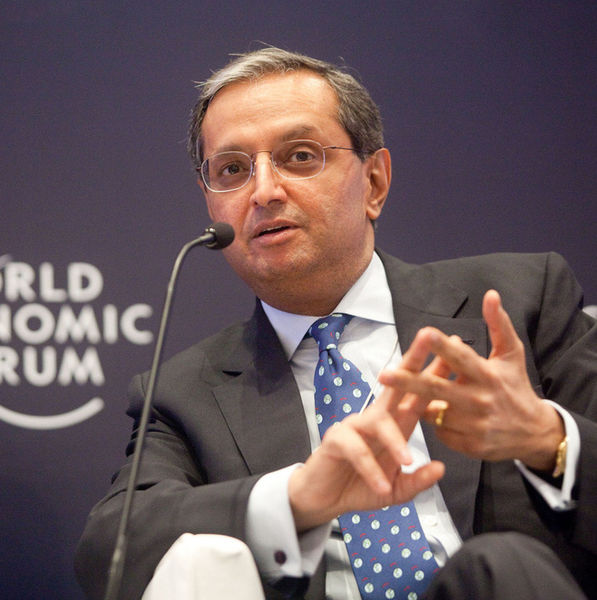The Global Transparency Movement in Portfolio Performance
MIFID II is certainly not associated with a flower visual in the brain mapping maze of any person in the financial industry. But the 9 petals of the KPMG image can help as a starting point for organizing the 67,000 pages that MIFID II is wrapped in. Transparency is blue because it comes from a trust point of view. And there is a whole collection of Fintech entrepreneurs out there building tools that can facilitate the transparency that will be required down the road. Plumbers designing and building pipelines for the new irrigation system requirements.
At the same time, I see and hear preachers that offer free tools to clients and businesses toward a more transparent portfolio management world. There is a movement that is picking up pace. Even though it is at the beginning, it is spreading and it is globalizing.
Preachers have built tools and are pushing to build the networks (the web) necessary for TRANSPARENCY:
- For individual investors: transparency with regards to one’s portfolio performance. A few simple metrics that capture risk-adjusted performance. Comparisons and benchmarks to other portfolios and other advisors.
- For advisors: transparency to show the quality of their financial advice.
In Switzerland, Nicholas Hochstadter founded the Performance Corner which is for individual investors and the Performance Watcher for investment professionals, and the Performance network for all the players. These free tools are independent valuations that normalize the performance data and standardize the risk adjusted returns in order to make meaningful comparisons. Eventually they will be able to create indices for benchmarking purposes.
In the US, I have noted two Fintech startups that belong to the same movement: GuardVest and GradeMyAdvisor. Any “Transparency Portfolio Performance” preachers missed around the world, please drop me a note (here or efi@dailyfintech.com). I am not including in the “Transparency Portfolio Performance” movement, Fintechs like SigFig or Feex, who also advise assets for free because their focus is on looking for hidden fees and reducing expenses. Their performance metrics are based on a snapshot of current portfolio holdings and therefore, a very static view of portfolio performance.
Large asset managers have been using third-party companies to perform quarterly or annual in-house reviews of their portfolios and their advisors: for example, companies like Enhance and ARC in the UK, who among other services offer performance reporting; and Statpro and Markov processes in the US that serve the trillions of assets managed by large asset managers (pensions, endowments, asset managers, etc). All the data from these reviews are not publicly available and cannot be used for benchmarking and decision-making.
The “trick” for the Transparency performance movement to arrive at a tipping point and scale-up, is in the data. How can IBO (Investment By Objectives, which is behind the Swiss performance entities), GradeMyAdvisor, and GuardVest, get critical mass of wealth managers to sign up for their free services, thus providing anonymous but valuable data for the development of true benchmarks? How do these Fintechs handle historical performance of the portfolios and the advisors, once they get connected (transparency needed for these Transparency preachers)?
No matter what, we are marching towards a world that investors will be better served not only by reducing costs through disintermediation and commoditization of products and process (robo-advisors etc), but also through better decision making. Transparency will enable investors to benchmark and financial advisors will take more responsibility for their financial advice.
Black swans will always come around when not expected. Transparency however, will allow financial professionals and their clients to take calculated risks and make justifiable decisions. Transparency will also enable financial professionals to prove to their clients that they offered valued.
We do need to get soon to a world in which Barron’s top advisor annual rankings take into account performance. Believe it or not, right now these rankings don’t include performance (it is stated in the fine print) and are probably heavily influenced by AUM.
We do need to get to a world where advisors use their participation in the “Transparency Portfolio Performance” movement as their X-factor for on-boarding clients. In the meantime, in the US there is a battle still going on amongst financial advisers, investor advocates and financial-services companies regarding fiduciary responsibilities. Good practices are focusing for now on transparency in cost reporting and hidden fees and commissions, plus acting in “good faith”.












